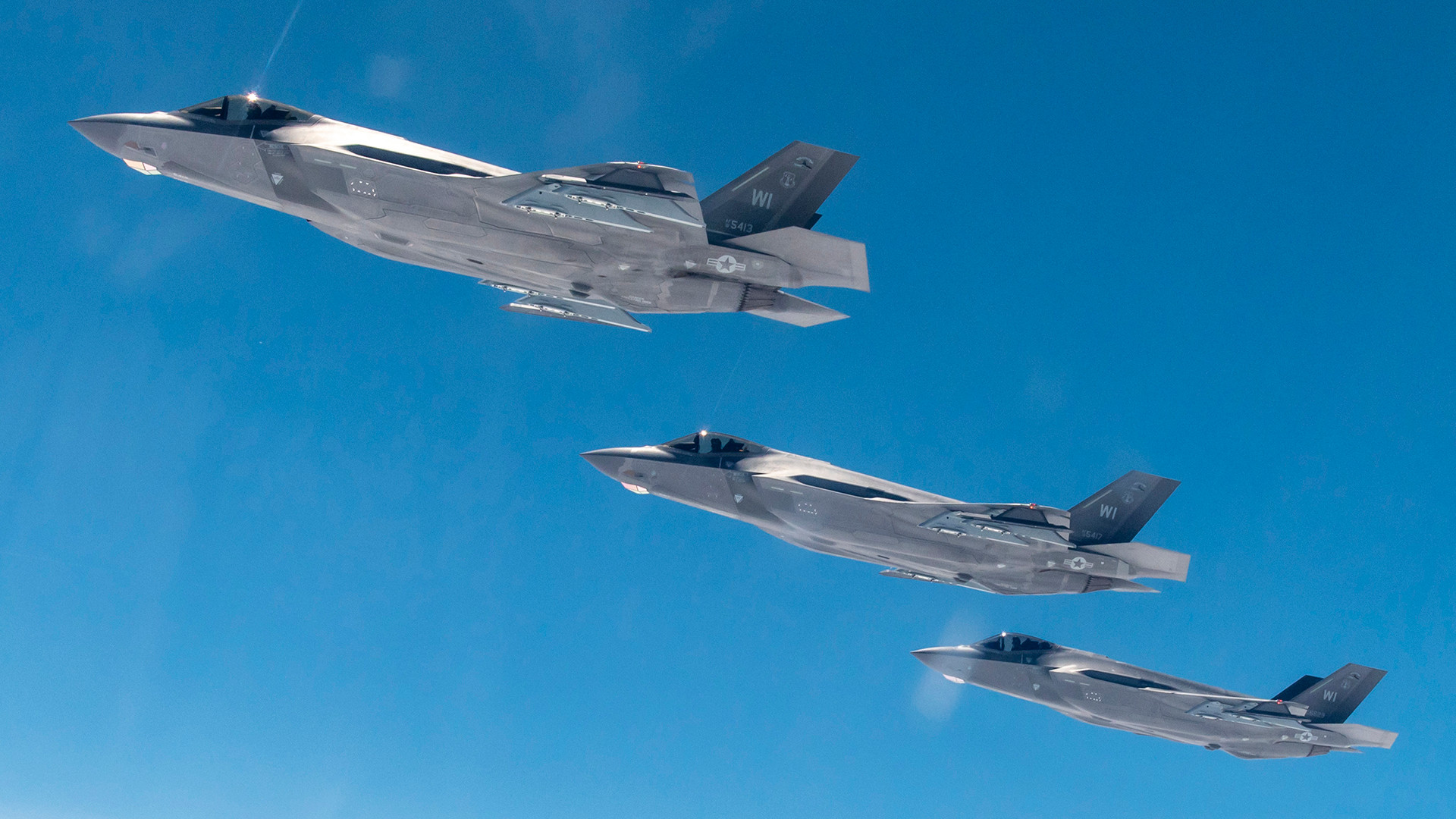U.S. Air Force F-35A Joint Strike Fighter pilots flying patrols along NATO’s eastern flank have been detecting air defense systems – likely Russian, or possibly Belarusian – operating in unexpected ways, according to a report from Air Force Times. These incidents highlight the Joint Strike Fighter’s already substantial electronic warfare capabilities and the importance of forthcoming upgrades to these systems. Above all else, these encounters in Europe underscore the importance of developing, and the inherent potential of, so-called cognitive electronic warfare capabilities.
Cognitive electronic warfare, at its core, refers to efforts to automate and otherwise speed up various aspects of electronic warfare, including the rapid updating of the functionality of existing systems and the development of all-new countermeasures. The absolute “holy grail” of the concept envisions electronic warfare suites being able to do all of this by themselves, in real-time, even right in the middle of an actual combat mission.
To rewind a bit, at the end of March, Air Force Times published a piece, which is worth reading in full, about the lessons U.S. Air Force F-35A units were learning on deployments to Europe following Russia’s all-out invasion of Ukraine in February 2022. Even before that conflict erupted, the United States and its NATO allies had been bolstering their force postures along various parts of the alliance’s eastern periphery facing Russia. This included the deployment of F-35s and personnel from the Air Force’s 388th Fighter Wing, an active-duty unit, and 419th Fighter Wing, part of the Air Force Reserve. Both wings are based at Hill Air Force Base in Utah.
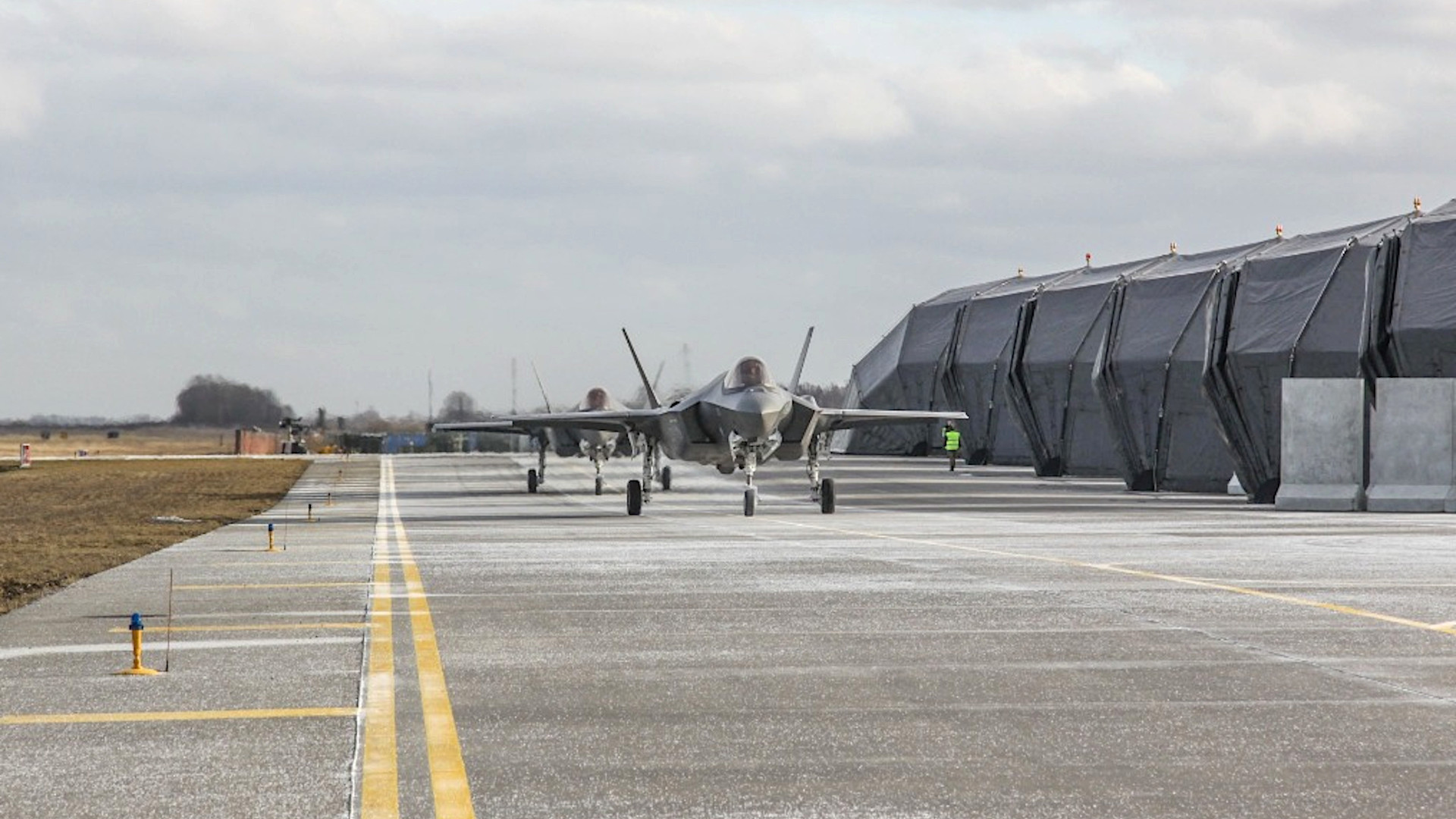
The Air Force Times story included the following anecdote from Col. Craig Andrle, head of the 388th:
“We’re looking at an SA-20. I know it’s an SA-20. Intel says there’s an SA-20 there, but now my jet doesn’t ID it as such, because that SA-20 is operating, potentially, in a war reserve mode that we haven’t seen before.”
SA-20 Gargoyle is the NATO reporting name for the Russian-made S-300PMU-1 (SA-20A) and PMU-2 (SA-20B) surface-to-air missile systems. Air Force Times‘ story does not say whether or not Andrle specifically identified the SA-20s operating in these unusual manners as being Russian-operated, but this seems very likely given the context of his unit’s activities in Europe.
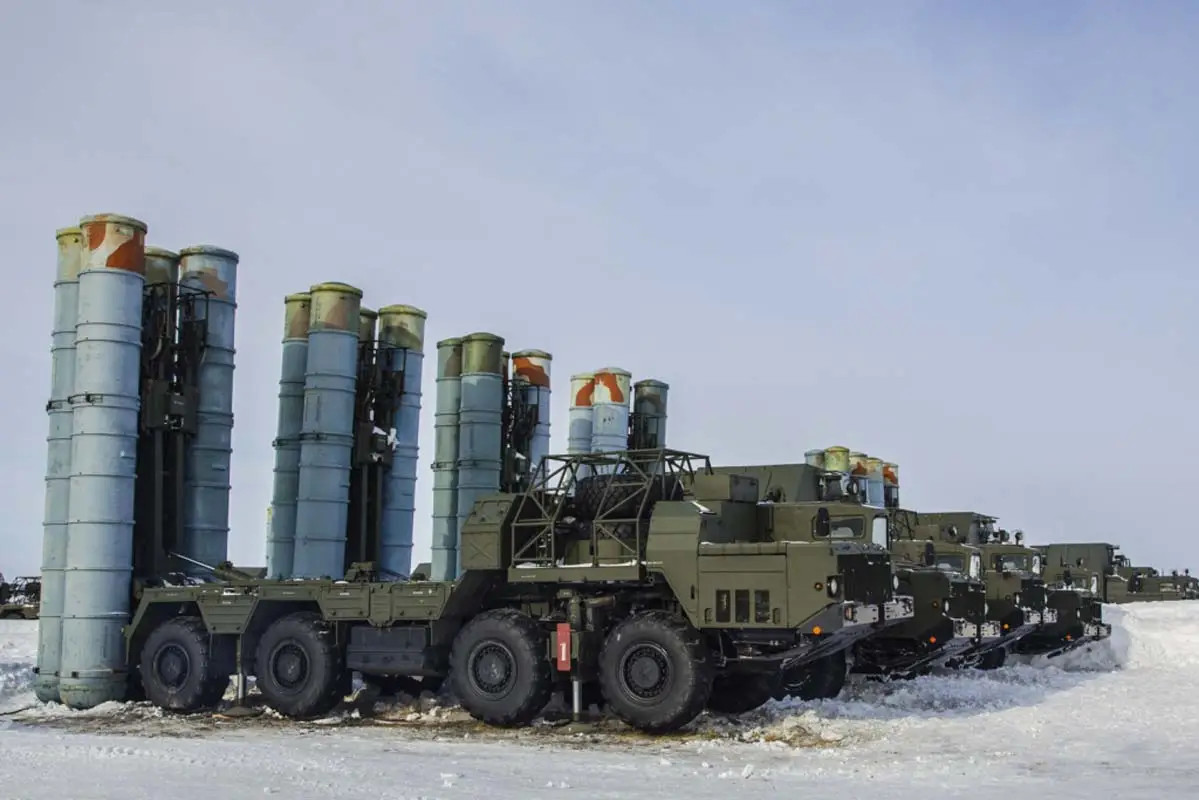
In addition, “the F-35 flagged the object for troops who updated and re-uploaded the data into the jet,” according to Air Force Times. “After that, NATO aircraft knew what they were looking at and how to geolocate it.”
The piece does not elaborate on exactly what data the F-35 was able to collect in this instance on the SA-20 it could not identify, or what changes were determined to be needed to be made to the aircraft’s systems afterward. It seems more likely than not that what the jet detected and recorded were emissions from one or more radars associated with the SA-20, but that those signals were coming in a format that its onboard threat library of radar signatures was unfamiliar with.
The ability to alter a radar’s basic signature by operating it in different modes, some of which may be unknown, and at non-traditional wave lengths makes detecting and classifying them more challenging. It can also alter what they can detect and at what range. These wily tactics are alive and well especially in the combat doctrine of potential adversaries.
Regardless, that the F-35 was able to collect useful enough data for later analysis to confirm that the object detected was indeed an SA-20 speaks volumes about the jet’s robust electronic warfare capabilities. The War Zone has written in detail in the past about the Joint Strike Fighter’s electronic warfare suite’s impressive secondary ability to collect and fuse electronic intelligence.
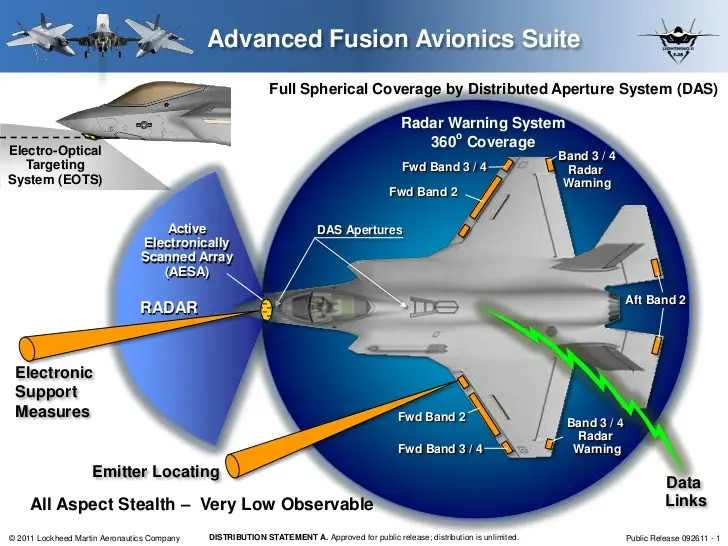
The data F-35s scoop up can then be used to categorize and geolocate various kinds of emitters, including radars associated with air defense systems. This, in turn, can help commanders build so-called “electronic orders of battle” of enemy forces to help future mission planning and otherwise increase general situational awareness. It can also be used for wider intelligence gathering, as was the case in this instance, where it still recorded the signature it could not readily identify.
The forthcoming Block 4 upgrades for the F-35 are set to give the aircraft even more impressive electronic warfare capabilities. Air Force Gen. Mark Kelly, head of the service’s Air Combat Command, said earlier this year that those elements of the Block 4 package are among the most important for ensuring his service maintains its edge in any future high-end conflict.
“So, as far as why we need those [Block 4] capabilities… Most of what we need the F-35 to do rests on the Block 4 electronic warfare capabilities,” Kelly told The War Zone and other media outlets at a media roundtable on the sidelines of the Air & Space Forces Association Warfare Symposium last month. “Those rest on the suite of hardware and software, Technology Refresh-3, that supports all that Block 4 EW… You’ve got to have that amount of processing power, transmitting power, speed, and sensors.”

However, as good as the F-35’s electronic warfare capabilities are now and how much better they are set to get with the Block 4 upgrades, they are still currently reliant on being able to match whatever emissions they detect to known information contained in laboriously maintained threat databases. Updating those databases and then pushing that information out to operational units in ways they can make use of, including in the form of changes to electronic warfare systems to allow for proper identification, takes time.
If some kind of emission – say an SA-20 operating a non-traditional war reserve mode – is not in the right database at the right time, it can hamper the ability of various systems to detect it and be able to react appropriately to the potential threats it might pose. This could include jamming, decoying, avoiding, or killing it. This is precisely what Col. Andrle and the 388th Fighter Wing found out on sorties in Europe in the past year or so, according to the Air Force Times story.
It’s also exactly where cognitive electronic warfare could play a major part in upending this dynamic in the future.
The U.S. military is still very much in the process of creating hard, formal definitions for cognitive electronic warfare, sometimes also referred to as algorithmic electronic warfare. At their core, these terms generally refer to efforts intended to improve electronic warfare systems’ capabilities to automatically react to the detection of novel signals and to parse out particularly threatening emissions from the clutter of the modern electronic battlefield. Beyond that, the hope is that these functions can be done increasingly in real-time.
The Defense Advanced Research Projects Agency (DARPA) video below provides a brief primer on cognitive electronic warfare.

There are already multiple tiers emerging for what these capabilities might entail as they become more advanced. One pillar in the foundation that cognitive electronic warfare will be built upon would simply involve a system on an aircraft or other platform recording data on unknown emissions and then doing some initial automated processing to aid in more robust analysis later on. The Air Force, in particular, has been actively exploring ways to increase in-flight data-processing capacity to support a host of different advanced capabilities, including automated target recognition. The F-35 seems to have done this in the instance being discussed. Being able to pass this information on to another platform for further analysis and processing is a step beyond this.
As already noted, a major end goal of cognitive electronic warfare development efforts is to craft capabilities that would allow an electronic warfare system on an aircraft or other platform to detect an unknown signal, do the work required to identify and classify it automatically, and then immediately begin programming the system to respond to it in the most effective way possible. As a further example, an electronic warfare system with this kind of capability would theoretically be able to detect a previously unknown threat emission, analyze it, and then determine the most optimal counter-emission to disrupt it, all in real-time right in the middle of the action.
Having this ability on each discreet platform would be an amazing capability, but even having the computing to come up with a countermeasure solution on another platform in the battlespace that is connected via secure datalink could be the stepping stone needed to get there. Once a countermeasure solution is obtained, the update could be sent not just to the aircraft that detected the signal in question, but to all aircraft in the battlespace.
In an interview with The War Zone in 2022, Col. Josh Koslov, commander of the Air Force’s 350th Spectrum Warfare Wing, had the following to say about cognitive electronic warfare:
“Cognitive EW is definitely something that is a real thing. The Air Force has been doing it for a while. It’s not new, it’s just becoming more broadly well-known.”
…
“There is a potential for a buzzword aspect to that phrase. I don’t want to have lexicon battles, but what I do need is a mindset that I can develop technology that says it looks like a duck, it smells like a duck, it’s in bad-guy land, so I’m going to use this effect against it in order to be as quick as possible because all future fights are about speed. That’s what I have to be able to do. If we’re going to call that cognitive, that’s fine. If we’re going to call that algorithmic, that’s fine. But at the end of the day, what I need to do is be rapid.”
The Air Force stood up the 350th Spectrum Warfare Wing in 2021 to be a focal point for the service when it comes to all things in the electromagnetic spectrum, including electronic and cyber warfare. The Wing’s 350th Spectrum Warfare Group is specifically responsible for providing reprogramming support for various electronic warfare systems, including ones belonging to U.S. allies and partners.

In his interview with us last year, Koslov explained the general need to get around historical ‘stovepiping’ in various processes and find ways to help speed up the 350th Spectrum Warfare Group’s critical work, again underscoring the potential value of cognitive electronic warfare capabilities:
“The 350th Spectrum Warfare Group… is a really awesome organization. …they do right now what we traditionally call mission data or reprogramming. They do that for over 70 systems for over 40 countries and are really hardcore engineering outfits.”
“Their purpose is to make sure that our platforms and our systems are survivable and have the most up-to-date information for the battle spaces that we face in the future. That’s their job. We’re looking to modernize that capability.”
“In the past, that has been a very stovepiped capability focused on individual platforms, and that business model is not going to work in the near-peer fights that we’re going to have in the future. So we’re looking to develop capabilities within that organization to be able to move quickly and more agilely reprogram the various systems that are out there in the world and to provide combat capability for their Air Component Commanders.”
For the Air Force, the potential utility of cognitive electronic warfare capabilities extends well beyond the F-35, too.
“World War II Army Gen. Montgomery had a very famous quote where he said, ‘If we lose the war in the air, we’ll lose the war and we’ll lose it quickly,'” Gen. Mark Kelly had said at the media roundtable in March. “And I would offer it today, this many years later, if we lose the war on the electromagnetic spectrum, we’re going to lose the war and lose it quickly. E-7 and EC-37, which I would frankly say the EA-37 because it attacks, and the power behind the Block 4 F-35 and the power behind EPAWSS [Eagle Passive Active Warning Survivability System], are the lines of effort that our Air Force has to go after.”
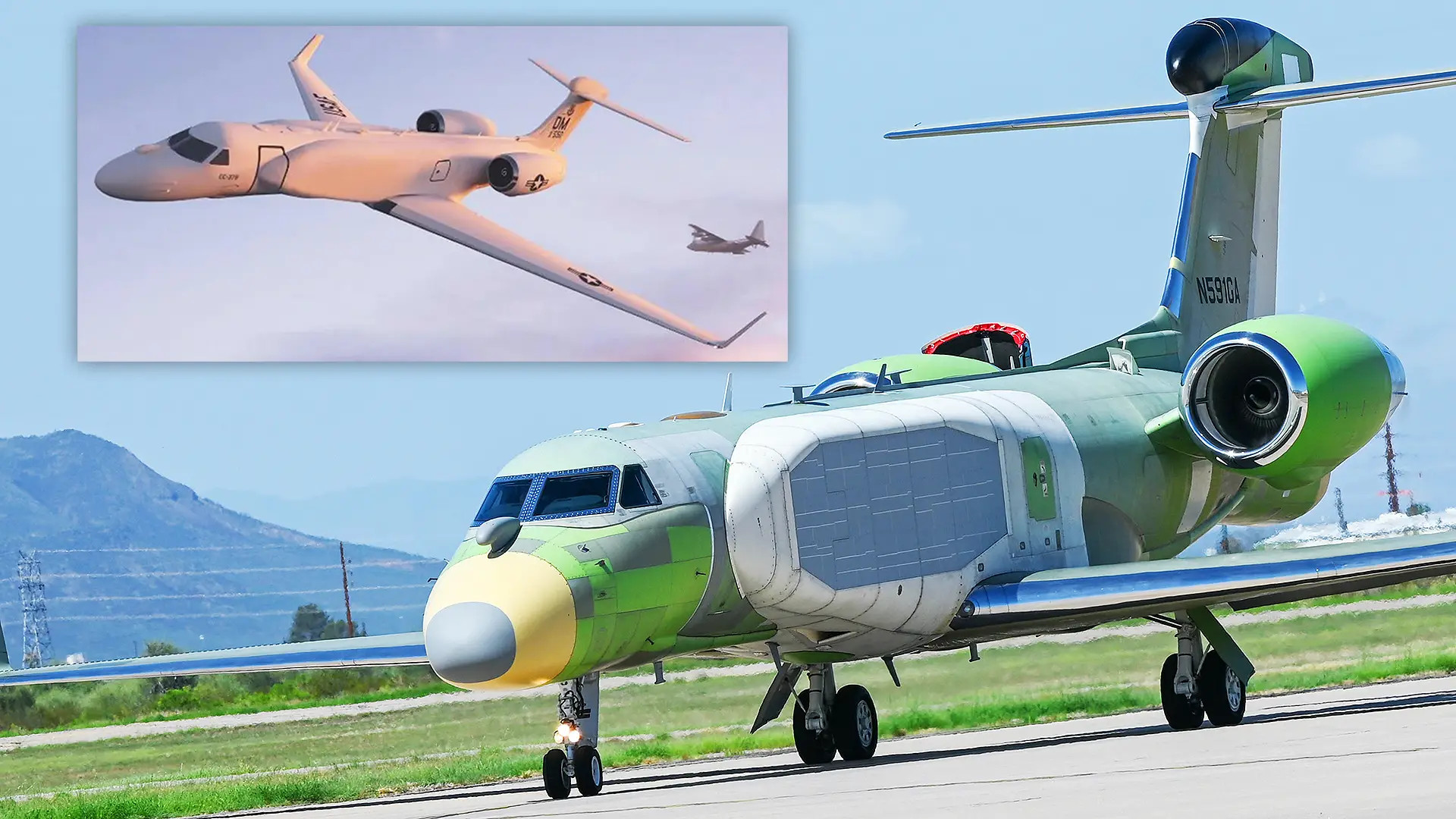
“The phrase ‘cognitive EW’ is thrown around a little bit too much for how undefined it actually is. We are trying to stay away from that a little bit just because we don’t want to tie our capability to that, even though we’ve demonstrated numerous cognitive EW capabilities,” an Air Force officer directly familiar with the EC-37 program, speaking on the condition of anonymity, told The War Zone in a separate interview in 2022. “While there’s no formal definition, the program has been experimenting with artificial intelligence and machine learning to automate some interactions with the EMS (elector-magnetic spectrum) and better complement lower crew size. So we definitely have some applications that do cognitive electronic warfare, but it’s a spectrum.”
The Air Force has also expressed a specific interest in giving EPAWSS-equipped F-15E Strike Eagles and F-15EX Eagle II combat jets cognitive electronic warfare capabilities, possibly as part of giving these aircraft expanded electronic warfare roles overall.

The rest of the U.S. military is taking note, too. The Navy’s EA-18G Growler electronic warfare jets would seem well positioned to benefit from cognitive electronic warfare capabilities, for instance.
The development of advanced electronic warfare systems, as well as the ability to defend against enemy forces using similar capabilities, is emerging as a central component of the Air Force’s multi-faceted Next Generation Air Dominance (NGAD) program. This is part of a broader focus on “spectral warfare,” within NGAD, as you can read more about here.

The Navy has its own separate NGAD program, but which is known to be heavily intertwined with the Air Force effort of the same name. It seems very likely that the Navy’s NGAD has similar focuses when it comes to advanced electronic warfare and other ‘spectral’ capabilities.
Advances in cognitive electronic warfare are, of course, set to be relevant outside of air combat, too. The U.S. military, among others, is actively invested in new sea and ground-based electronic capabilities, as well. These systems can increasingly be networked together in various ways across domains, offering enhanced capabilities and expanded capacity.
Altogether, any future high-end battlefield is all but certain to be full of various tiers of electronic warfare systems on all sides.
U.S. Air Force F-35 units have clearly already been learning new valuable lessons about electronic warfare issues that are likely to arise in future battlespaces from patrols along NATO’s eastern flank over the past year or so. This all only reinforces the case for developing and fielding cognitive electronic warfare capabilities to address new threats or other unexpected circumstances that might emerge suddenly. While the F-35’s ability to detect and flag the curious emission was critical, being able to deploy code to counter it not in a matter of days or even hours, but in near real-time potentially right onboard the same aircraft, and distributing across the battlespace, could be a game changer in battles to come.
Contact the author: joe@thedrive.com
